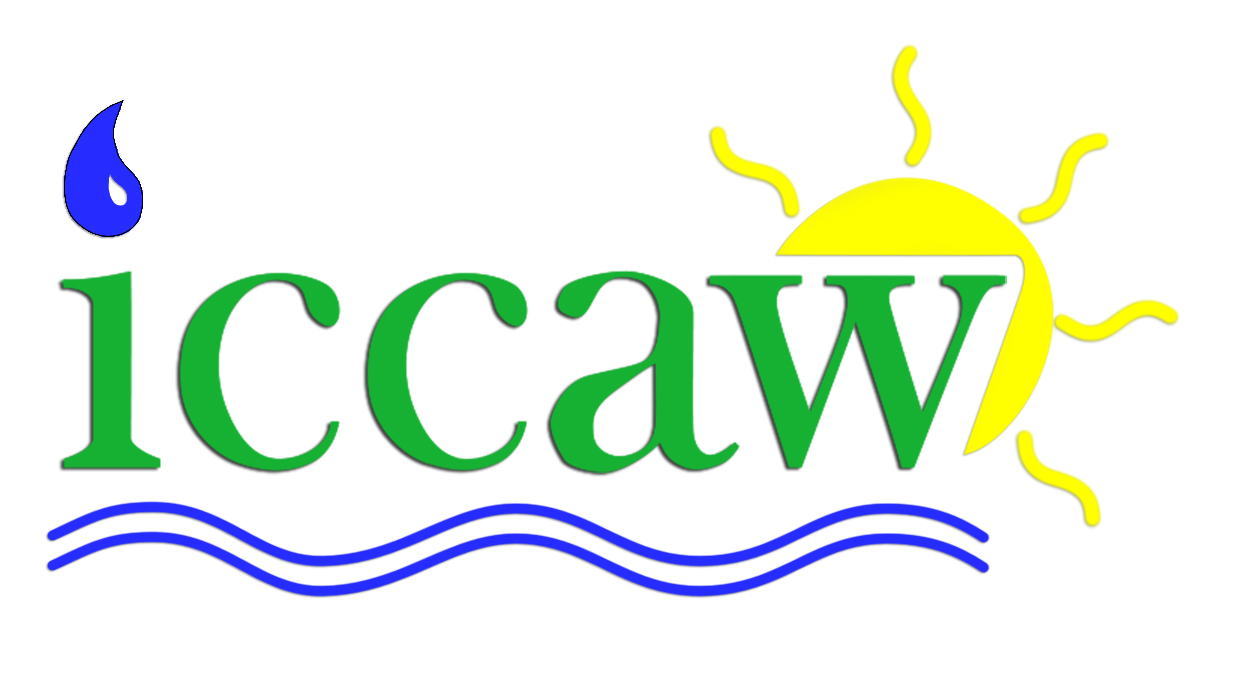External Costs of CAFOs
The primary motivation for factory farms, CAFOs, or industrial agriculture is to “maximize production and minimize costs.” However, the ability of factory farms to increase production and reduce costs are not due to greater true economic efficiency, but instead to their ability to impose many of their economic costs on people who live in surrounding communities and on society as a whole. In fact, factory farms do not really have lower total production costs, they simply avoid paying many of their costs by “externalizing” or imposing them on nature and society.
First the dollar-and-cent economic advantages of factory farms or CAFOs come from the industrial nature of their operation. The primary economic advantages of industrialization is gained through simplification of production processes so they can be mechanized or carried out by lower-skilled workers – as on assembly lines. Simplification also allows fewer managers to manage larger operations – increasing production.
The natural result is fewer workers, lower-skilled workers, and fewer managers. CAFOs invariably employ fewer workers at lower-skill and lower-wage levels than did the traditional farming operations they replace. The burden or costs of providing quality employment opportunities for those who are displaced by factory farms are imposed on farming communities and society as a whole – they are externalized.
Factory farms also externalize environmental costs on the communities and the natural ecosystems in which they operate. By their industrial nature, factory farms create and concentrate more chemical and biological wastes than nature can neutralize or assimilate. The economic costs of coping with these environmental problems are imposed on their neighbors and society in general. The external environmental costs include the healthcare costs associated with illnesses resulting from polluted air and water – the cost of finding alternatives to polluted drinking water wells or additional filtration of municipal water supplies drawn from streams.
In general, factory farms are a scientifically documented threat to public health. CAFOs are known to be ideal breeding grounds for antibiotic resistant bacteria, such as MRSA, which now kills more Americans than HIV-AIDS. Animals in CAFOs are also incubators for food contaminants such as salmonella, E-Coli O157:H7, and listeria. CAFOs don’t pay the cost of treating these illnesses, they externalize them on society.
One means of estimating the external costs of factory farms would be to impose regulations sufficient to prevent them from externalizing costs on nature or society. It’s highly likely that imposing such regulations would push the economic costs of producing animals in CAFOs to levels far higher than costs of producing the same animals in traditional family farming operations. For this reason, those who support, advocate, and promote industrial agriculture routinely oppose any form of regulation that would force factory farms to “internalize” their “external costs.”
Even if all external economic costs were internalized, their social and ethical costs, such as the inhumane treatment of animals, destruction or rural culture, disintegration of rural communities, and betraying the trust of American society would remain unpaid. These are not economic costs and thus cannot be quantified in dollars and cents. However, the social and ethical costs of CAFOs are perhaps the most important externalities of factory farming.
External Costs of CAFOs used with permission from the Iowa Alliance for Responsible Agriculture

